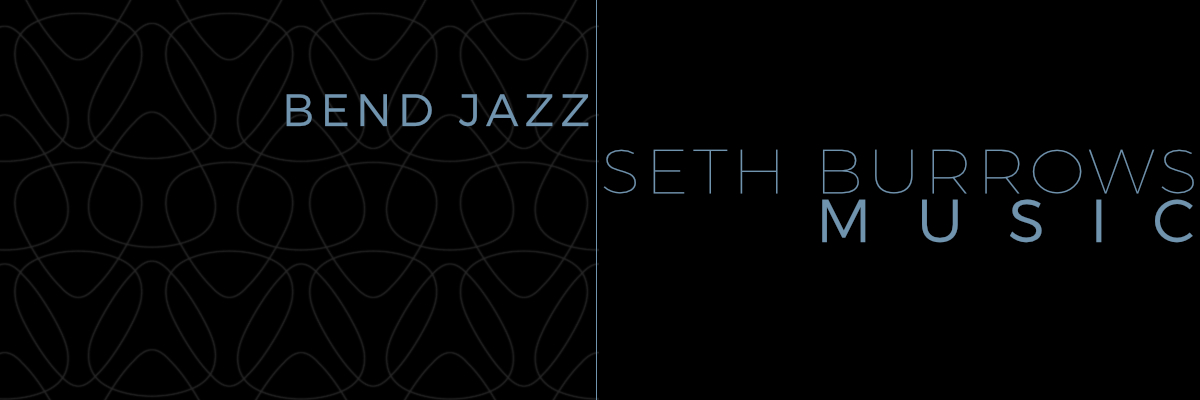Hey there seven followers!
I hope everything continues to go well with you out there in internet land.
Page 2
This week, we’re going to wrap up the strangeness that is the Nashville Number System. We have covered the first page of our chart, and I hope you went through it in both D and Bb, so you could get the hang of transposition. Now it’s time to move to the second page, where we will find new things to confound us. Have a look:
As you can see, there are a few new elements that require some explanation. We can see that the first twelve bars of the “Chorus 2” section are almost identical to the first chorus. We encounter a different chord in bar twelve: in Chorus 1, this chord is 4, or G Major in this key, and here in chorus 2, the chord is 6-, or B Minor in this key. The next three bars are sort of a transition to the bridge, complete with specific rhythmic notation. All pretty straight forward.
Flats and Diamonds
The bridge, as I continue to maintain, is the part of the song where the TRUTH of the song, or the MAIN THEME is revealed. Also, since it is a new section, it should do things harmonically or melodically–or both, to differentiate it from the other sections of the song. This Bridge does all of those things…and leads to a Broken Down version of the chorus, where the listener is forced to listen to the words and sentiment of the section.
So let’s take the Bridge bar by bar, shall we? The first three chords we have seen before: 4 (G Major in this key), 5 (A Major in this key), and 6- (B Minor in this key). The last two bars of the Bridge is where we are introduced to our new elements. These bars contain the b7 Chord. This chord is a “borrowed” chord, because it is borrowed from a key outside of the one this song is written in. In this case, this chord is borrowed from the key of G, but thankfully, we don’t really have to know that to play through this chart. all we have to know is where the seventh of this key normally is–and in this case you should know that the seventh of the key of D Major is C#. So for a b7 chord, we simply lower the seventh one half step, to C, and play a major chord based on that note. So in our example, when we see the b7 chord, we know to play a C Major chord. It should also be noted with some makers of charts, this chord may be written as 7b…but…I went to Berklee…so I never refer to that chord as “Seven Flat,” but always “Flat Seven.”
So what do these diamonds mean? The diamonds are basically tied whole notes that the whole band stops on in unison. So we’re going to hit the chord and hold it for eight beats. So after leaving us suspended in mid-air at the end of the Bridge, we land at Chorus 3…softly…with stripped-down instrumentation.
Chorus 3
So Chorus 3 in our example breaks down to just a few instruments: mandolin and maybe a pedal steel guitar playing a pad-type figure. You’ll notice that there are more chords in this chorus…probably to provide contrast and give this chorus a feeling of forward motion…impelling it to the end.
There are lots of split chords in this section, with the 1/3s leading both towards and away from the 4 chord. Again, this section ends with a diamond over 4…telling us that the band is holding that chord for the full four beats.
So, again, try to play this page not only in D, but also in Bb. See if you can make it through. Next week, we’ll look at the final section of this song, which is on page 3. and then I’ll tell you what the song is, so you can buy it and play along!
This Week
This week, I’ve been listening more. I’ve also been comping, editing, and tweaking vocals on the mysterious recording project…also doing a little bit of mix prep, trying to make some notes about how I want it all to fall together.
Jamey Johnson
Hayes Carll
Justin Townes Earle
Pink Floyd
Symphony of Science
How long until we have self-repairing cars?
Talk to you next week.
Write somethin’ will ya?

